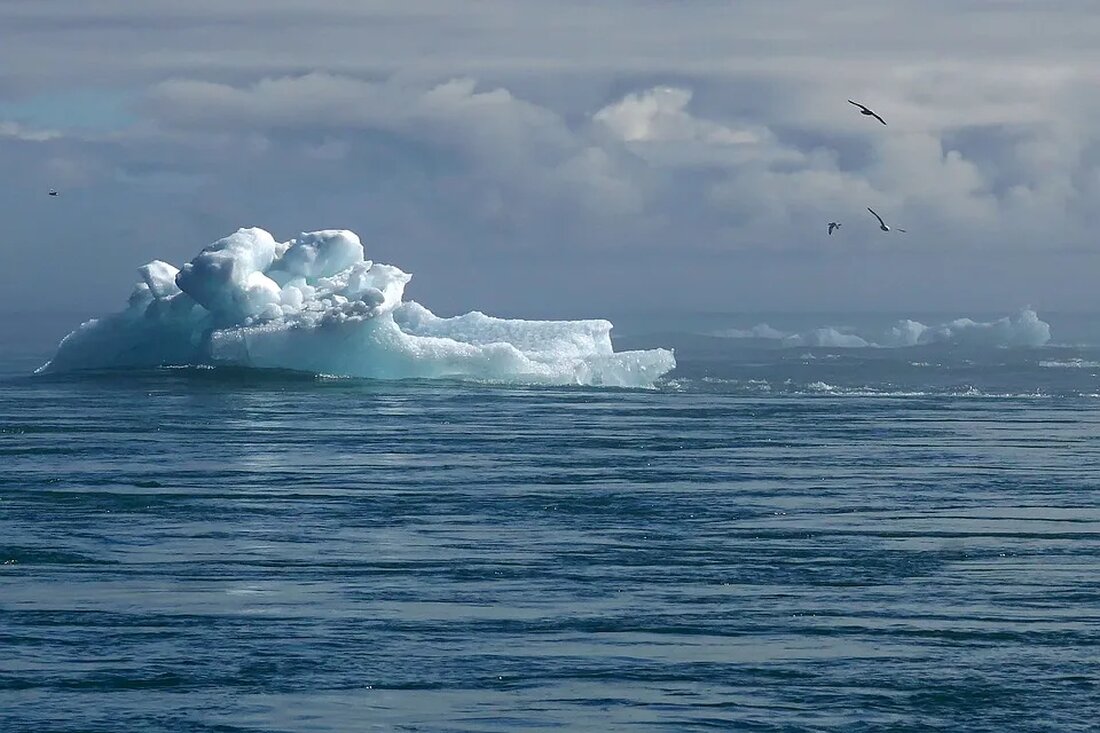Climate change and extreme weather: A connection
Climate change and extreme weather: Most people are aware that there is a correlation between these two phenomena. However, it is often unclear how exactly these relationships are connected and that they are part of a larger, complex system of global climatic events. This article attempts to demonstrate these connections and clarify some misunderstandings. We rely on the latest scientific findings and analyzes to separate fact from fiction. Climate Change and Extreme Weather: A Definition of Climate Change Climate change is a long-term change in average weather conditions and global temperatures around the globe. This can be caused by natural causes such as volcanic activity and solar radiation...

Climate change and extreme weather: A connection
Climate change and extreme weather: Most people are aware that there is a correlation between these two phenomena. However, it is often unclear how exactly these relationships are connected and that they are part of a larger, complex system of global climatic events. This article attempts to demonstrate these connections and clarify some misunderstandings. We rely on the latest scientific findings and analyzes to separate fact from fiction.
Climate change and extreme weather: A definition
Climate change
Climate change is a long-term change in average weather conditions and global temperatures around the globe. This can occur both through natural causes, such as volcanic activity and solar radiation, and through anthropogenic causes, i.e. man-made influences. The latter are in particular the emissions of greenhouse gases, such as carbon dioxide and methane, and land use changes.
Extreme weather
An extreme weather event is a weather phenomenon that differs significantly from the usual, average conditions of a location. This includes events such as severe storms, floods, droughts, heat waves and cold snaps. While such events have always been part of Earth's natural weather pattern, studies suggest that their increase in both intensity and frequency is linked to climate change.
The connection between climate change and extreme weather
First, it's important to understand that weather and climate are not the same, even though we often use the terms interchangeably. Weather refers to short-term changes in the atmosphere, while climate defines the long-term weather behavior in a particular region. Global climate conditions influence weather, and both influence each other.
The role of greenhouse gases
Humans play a key role in this context through the emission of greenhouse gases. They contribute to an increase in average global temperatures - a phenomenon called global warming. Higher temperatures mean more energy in the climate system, and this additional energy can lead to more extreme weather conditions.
Effects of global warming on extreme weather
Scientific studies have shown that increased emissions of greenhouse gases and the resulting global warming are leading to an increase in extreme weather phenomena. These include heat waves and droughts on the one hand, but also heavier rainfall and more violent storms on the other.
Concrete effects and study results
Heat waves and droughts
Various studies have confirmed that the frequency and intensity of heat waves are increasing due to global warming. One of these studies, published in 2020 in the journal Nature Climate Change, found that man-made climate changes have almost doubled the likelihood of heat waves. The risk of drought also increases with higher temperatures. According to a study by the Potsdam Institute for Climate Impact Research, a warming of 2 degrees Celsius could cause almost twice as many drought events as today.
Storms and heavy rainfall
But it's not just hot and dry conditions that are increasing, heavier rainfall and stronger storms are also increasing. A main reason for this is that warmer air can hold more moisture. This can lead to heavier rainfall and associated flooding. At the same time, warmer ocean temperatures can increase the formation and intensity of storms, particularly hurricanes and typhoons.
Cold snaps
Ironically, climate change can also be blamed for extremely cold weather. Some studies suggest that Arctic warming is causing the polar vortex that normally traps cold air over the North Pole to destabilize. This can cause cold air to rush into southern regions, causing unexpected cold snaps.
Conclusion
Climate change is a complex phenomenon with far-reaching effects on our weather. While individual weather events can never be directly attributed to climate change, scientific research clearly shows that global climate change is increasing both the intensity and frequency of extreme weather events worldwide. It is of great importance to understand both these connections and the possible countermeasures in order to shape our future sustainably and slow down the progress of climate change.

 Suche
Suche
 Mein Konto
Mein Konto
